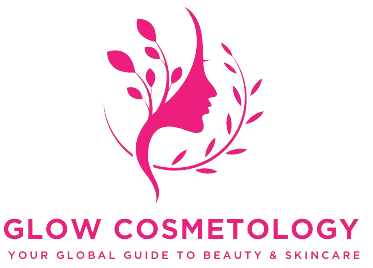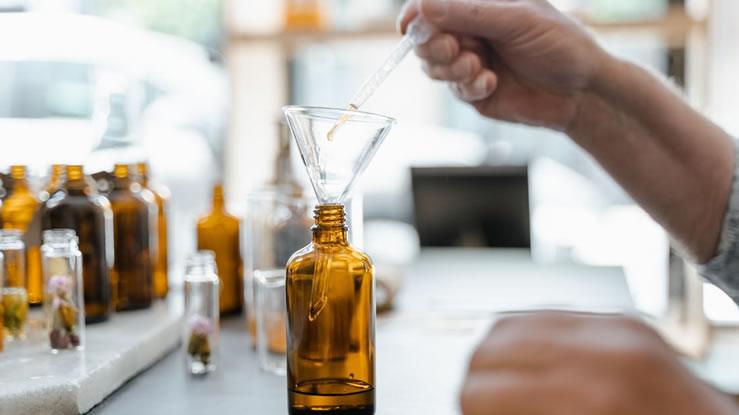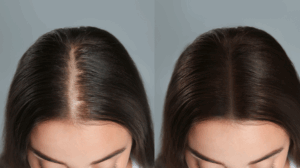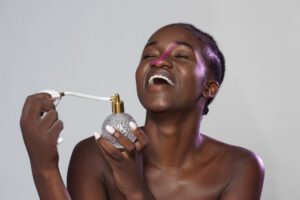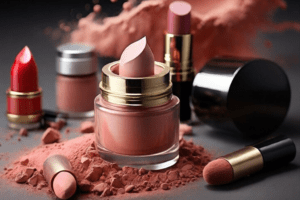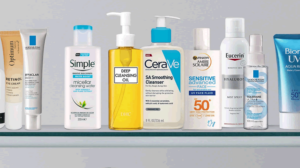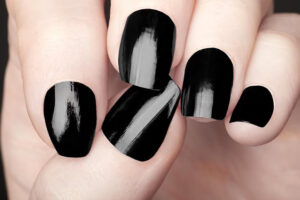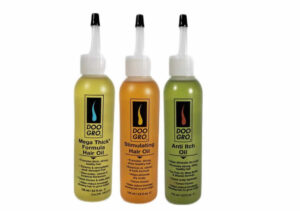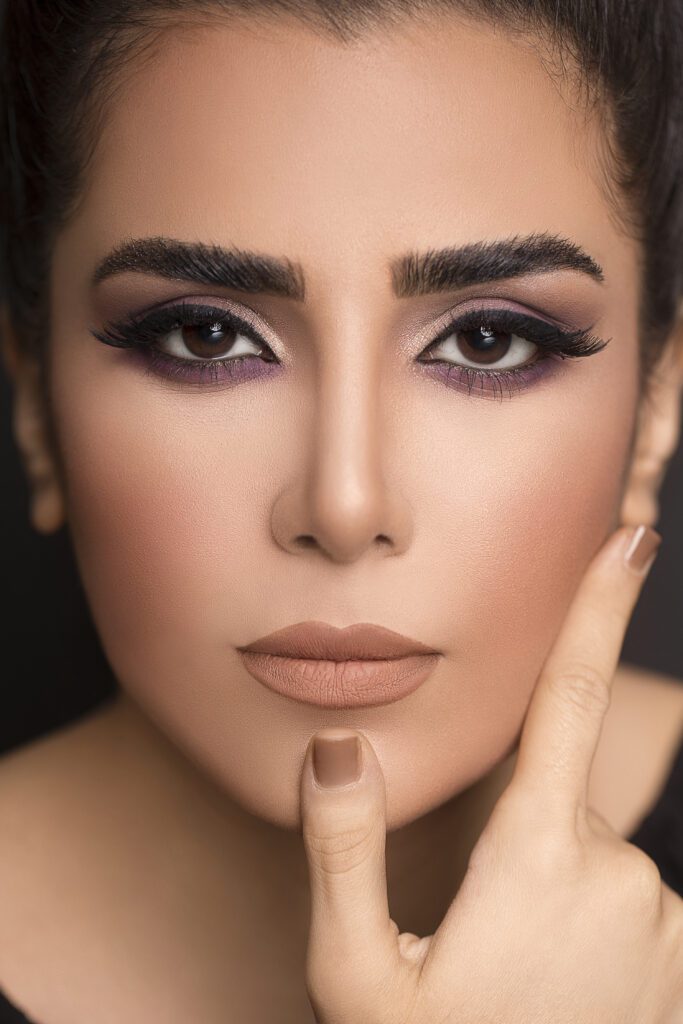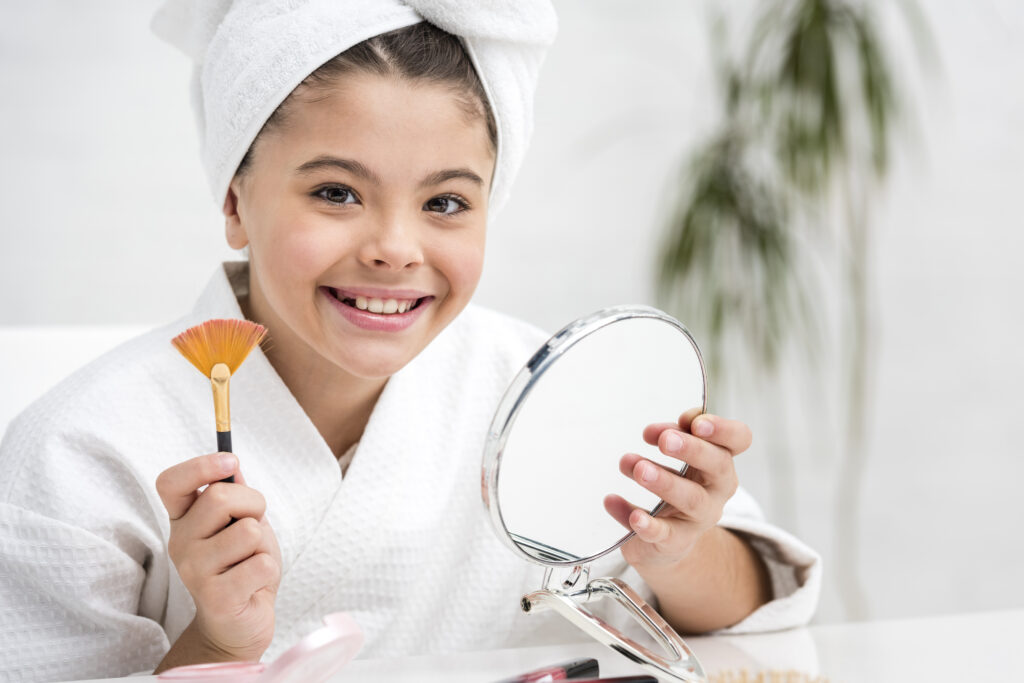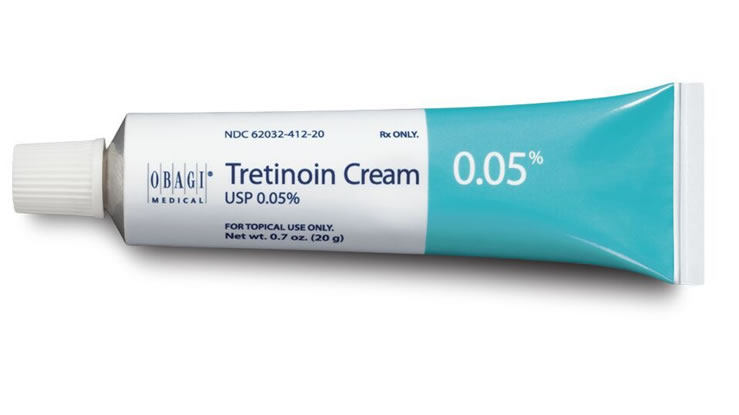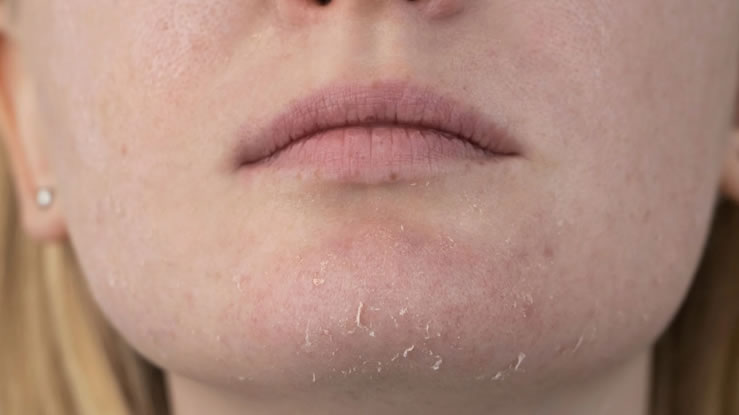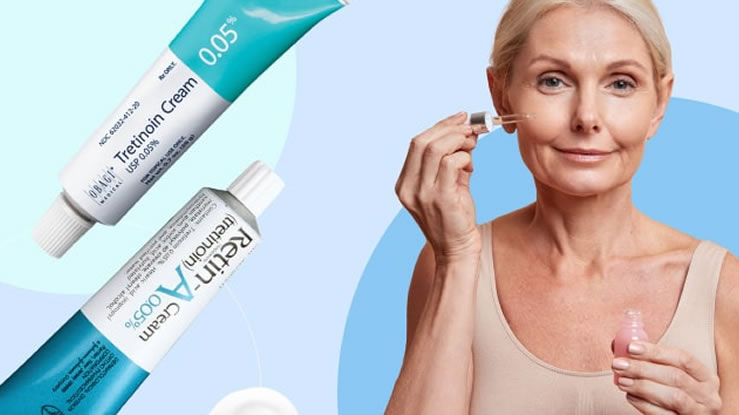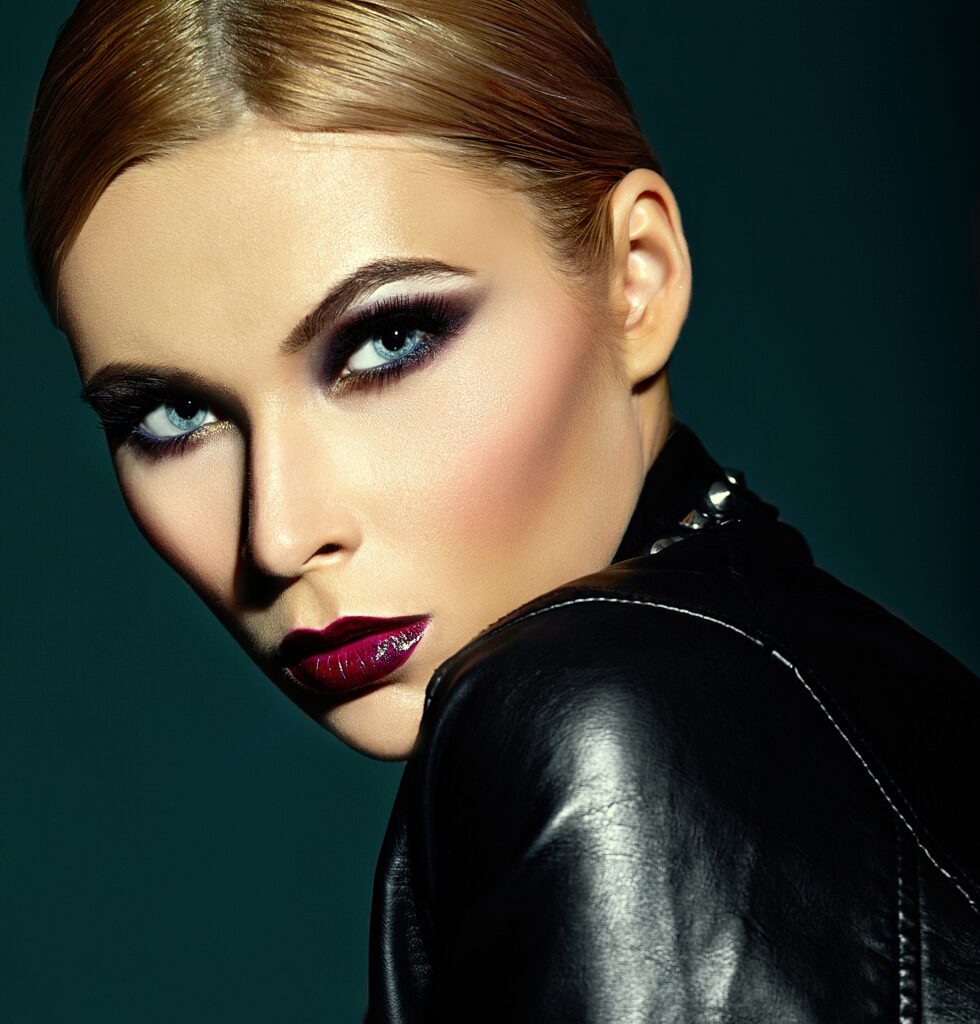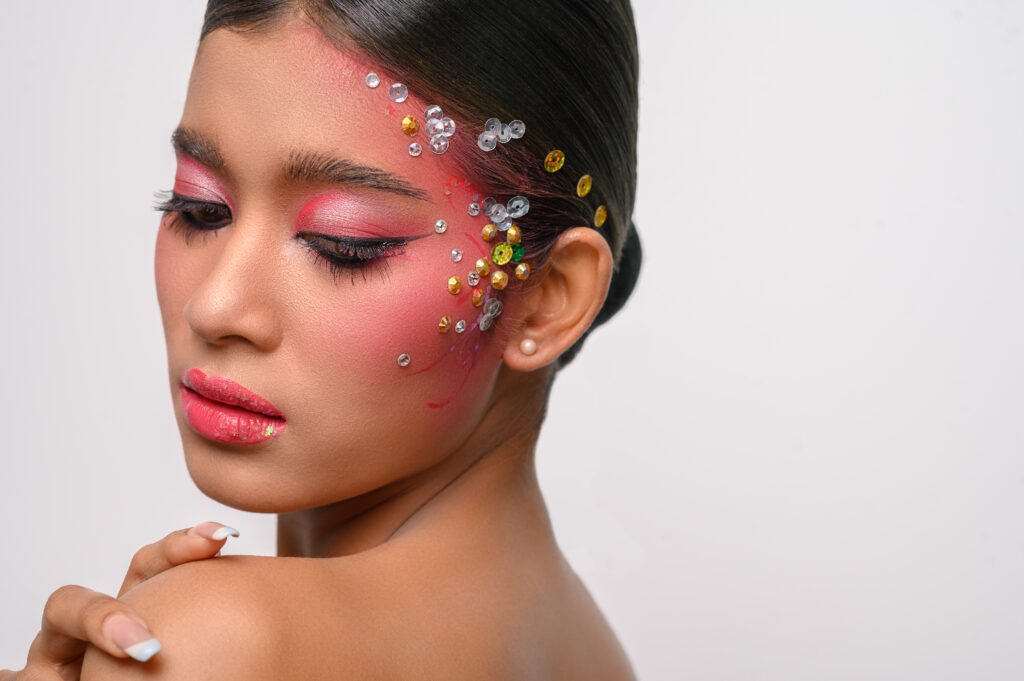Every day, people apply products to their skin without thinking twice about what they contain. Yet, many cosmetics still use chemical ingredients that may be harmful. Some cause allergic reactions, disrupt hormones, or have long-term health risks. Knowing which substances to avoid can help you make better decisions for your health and well-being. This article will explore the top toxic ingredients in cosmetics and explain why they are a concern.
Why You Should Watch Cosmetic Ingredients
Cosmetics include everything from moisturizers and lipsticks to deodorants and hair dye. The skin absorbs many of the chemicals in these products. Over time, repeated exposure can build up in the body and lead to side effects. While not every ingredient is dangerous, some are more likely to cause harm, especially with frequent use. Reading labels and learning about top toxic ingredients in cosmetics can protect you and your family.
Read Also>>>Skincare Ingredients to Avoid
Parabens and Their Hormonal Effects
Parabens are used as preservatives to prevent bacteria growth. You’ll find them in creams, lotions, and makeup. Common types include methylparaben, ethylparaben, and butylparaben. Studies have linked parabens to hormone disruption. They mimic estrogen, which may affect the endocrine system. Some evidence suggests a connection to breast cancer, though more research is still needed. Many brands now offer paraben-free options due to public concern.
Phthalates in Fragrances and Plastics | Toxic Ingredients in Cosmetics
Phthalates help make fragrances last longer and plastics more flexible. They are common in perfumes, hair sprays, and nail polishes. Like parabens, they may disrupt hormones. Some animal studies have linked phthalates to reproductive problems. On labels, phthalates may appear as DEP, DBP, or be hidden under the term “fragrance.” Choosing products labeled “phthalate-free” is a safer route.
Formaldehyde and Its Hidden Forms
Formaldehyde is a known irritant and probable cancer-causing chemical. Though rarely used directly in cosmetics today, some preservatives slowly release it over time. These include DMDM hydantoin, quaternium-15, and imidazolidinyl urea. They are found in shampoos, nail hardeners, and even baby products. Formaldehyde can cause skin irritation, allergic reactions, and respiratory issues. People with sensitive skin should avoid these ingredients completely.
Toluene in Nail Polish | Toxic Ingredients in Cosmetics
Toluene is a solvent that helps nail polish go on smoothly. It is also found in hair dyes. This chemical can affect the nervous system and cause dizziness, headaches, or nausea with prolonged exposure. In high doses, it may harm unborn babies. Some nail polish brands now advertise “3-free” or “5-free” formulas to show they avoid harmful chemicals like toluene.
Lead in Lip Products
Lead is a heavy metal that should never be in personal care items, yet trace amounts have been found in some lipsticks and lip glosses. While small amounts may not cause immediate harm, long-term exposure is a concern. Lead can damage the nervous system and affect learning and behavior. Children and pregnant women are at higher risk. Choose brands that test for heavy metals and avoid unregulated products.
Oxybenzone in Sunscreens
Oxybenzone is a chemical sunscreen ingredient. It protects the skin from UV rays but may cause skin allergies and hormone disruption. Studies suggest that oxybenzone may also be harmful to marine life. Some regions have banned it to protect coral reefs. If you want a safer alternative, look for sunscreens with zinc oxide or titanium dioxide, which sit on the skin’s surface rather than being absorbed.
Triclosan in Antibacterial Products
Triclosan is used in some soaps, deodorants, and toothpaste to kill bacteria. It may interfere with hormone function and contribute to antibiotic resistance. Though banned in some products in the United States, it still appears in others. Triclosan can also cause skin dryness and irritation. Consider using gentle cleansers that are free from harsh antibacterials.
Coal Tar in Hair Dyes
Coal tar is found in some hair dye formulas, especially darker shades. It contains chemicals that have been linked to cancer in animal studies. The scalp absorbs chemicals quickly, which increases the risk. Look for hair dyes labeled “coal tar free” or opt for plant-based color treatments.
PEG Compounds | Toxic Ingredients in Cosmetics
Polyethylene glycols (PEGs) are used to make products feel creamy or improve texture. These ingredients can be contaminated with 1,4-dioxane, a compound linked to cancer. The risk increases with long-term use. PEGs also strip the skin’s natural moisture barrier, leading to dryness. Safer options include glycerin and plant oils.
Artificial Colors and Dyes
Artificial dyes such as FD&C Blue 1 or Yellow 5 are used to make products look more appealing. These dyes are derived from petroleum and can cause allergic reactions. Some have been linked to behavioral issues in children. While banned in some countries, they are still allowed in many cosmetic products. Natural colors from fruit or mineral sources are better alternatives.
Fragrance
“Fragrance” on an ingredient list may sound harmless, but it can hide dozens of chemicals. These can include allergens, hormone disruptors, or skin sensitizers. The exact components are often protected as trade secrets, so you do not know what you’re using. Fragrance-free or naturally scented products reduce the risk of irritation or allergic reactions.
Siloxanes in Hair and Skin Products | Toxic Ingredients in Cosmetics
Siloxanes make products feel smooth and silky. They are found in hair serums, primers, and lotions. These chemicals may disrupt hormones and harm aquatic life. Look for ingredients ending in -siloxane or -methicone and avoid them if you are concerned about their long-term effects.
BHA and BHT as Preservatives
Butylated hydroxyanisole (BHA) and butylated hydroxytoluene (BHT) are synthetic preservatives used to extend shelf life. They are found in lipsticks, moisturizers, and sunscreens. Some studies suggest that BHA may cause cancer in animals. Both BHA and BHT may cause allergic skin reactions. Choosing products with natural preservatives like vitamin E is a better option.
DEA, MEA, and TEA | Toxic Ingredients in Cosmetics
These ethanolamines are used as foaming agents in shampoos and body washes. They can react with other ingredients to form cancer-causing compounds. They may also cause skin and eye irritation. Countries like Canada have restricted their use. If you see DEA, MEA, or TEA on a label, it’s best to skip that product.
Why Toxic Ingredients Remain in Use
Some harmful ingredients are cheap and effective, which is why companies continue using them. They may help products last longer or feel better on the skin. The cosmetic industry is not always strictly regulated, and manufacturers are often not required to prove long-term safety. That makes it even more important for consumers to be informed and cautious.
How to Avoid Toxic Ingredients | Toxic Ingredients in Cosmetics
-
Read ingredient labels carefully
-
Choose products labeled “free from parabens,” “phthalate-free,” or “no artificial fragrance”
-
Use fewer products with simpler formulas
-
Research brands with strong safety testing
-
Try small samples or patch tests before full use
Safe Alternatives Are Available | Toxic Ingredients in Cosmetics
Many brands are now offering clean, safe, and tested cosmetics. Some popular clean beauty brands include:
-
Ilia
-
RMS Beauty
-
Beautycounter
-
Honest Beauty
-
100% Pure
-
Cocokind
These brands focus on natural and non-toxic ingredients while still offering high performance.
What Regulators Are Doing
Some governments are taking action. The European Union bans over 1300 chemicals in cosmetics, while the United States bans only a few dozen. Consumer awareness is pushing companies to clean up their products. Watch for updated regulations in your country and support brands that go beyond the minimum requirements.
The top toxic ingredients in cosmetics can do more harm than good. From hormone disruptors to cancer risks, the dangers are real. Being informed helps you choose products that support your skin and your health. Avoiding these ingredients is not always easy, but it is possible. Look for simple labels, research trusted brands, and pay attention to how your skin reacts. Your beauty routine should care for your body, not put it at risk.
